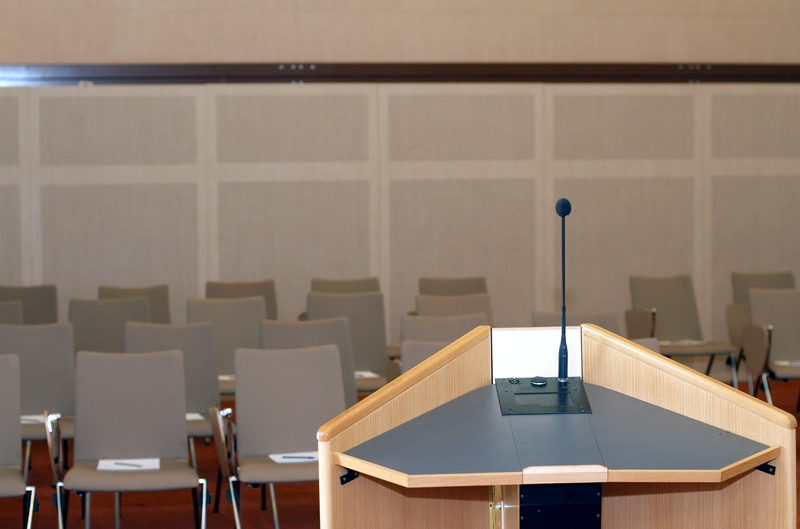 I’ve been writing about the nonprofit sector for fifteen years. In that time, I’ve covered everything from best practices in event planning to the effects of mobile communications on our ability to decipher nonverbal cues. Recently, whenever I’ve written about some aspect of donor behavior, I’ve noticed a common thread. Consider, for example, the following trends:
I’ve been writing about the nonprofit sector for fifteen years. In that time, I’ve covered everything from best practices in event planning to the effects of mobile communications on our ability to decipher nonverbal cues. Recently, whenever I’ve written about some aspect of donor behavior, I’ve noticed a common thread. Consider, for example, the following trends:
- In the UK, lawmakers have responded to the public outcry over “aggressive” and “invasive” fundraising practices by calling for increased regulatory oversight of nonprofits.
- Donors are giving more money to fewer charities, and are doing a lot more research before making their gifts.
- Survey after survey reports that donors feel oversolicited, even by the causes they believe in.
- Donors are increasingly insisting on having “a seat at the table” in determining how their gifts are used, and expect personalized, tailored interactions with the organizations they support.
- Donors expect nonprofits to be able to quantifiably demonstrate the effects and outcomes of their gifts.
- Donors increasingly are turning to third-party wealth-management vehicles, such as donor-advised funds and private foundations, that allow them to manage the disbursement of their funds.
The common element in these trends is that more and more, it is the donors, and not the fundraisers, who are setting the terms of engagement with nonprofits. This is a significant, but not wholly unpredictable, change in the fundraising dynamic.
The ubiquity of mobile devices has enabled us to take unprecedented control over the details of our lives. Apps have allowed us to “game” the way we drive, the temperature of our homes, and even our health, in turn providing us with an endless stream of data and feedback with which to interact. We’ve quickly become used to the idea of being in charge. The goal of technological intermediaries, such as smartphones and smart watches, is to give us timely information that’s easy to understand and act on.
So perhaps it’s only natural that we are coming to expect the same from our physical intermediaries, like fundraisers.
I predict that over the next decade and beyond, these and other similar trends in donor behavior will radically redefine the basic unit of fundraising: the ask. It’s my belief that eventually, instead of fundraisers asking donors for help, it will be donors who ask fundraisers how they can help.
And as that day draws closer, the most frequently asked question by fundraisers will be, How can we get our donors to make the ask?
This dramatic shift will require fundraisers to play a different role than the one they’re used to playing. Instead of asking, fundraisers will be answering. Instead of persuading donors to make a gift, fundraisers will be persuading donors to want to make a gift.
That may sound like semantic hair-splitting, but a veteran salesperson will tell you that there’s a world of difference between asking someone to give you money and persuading that person to ask you to take their money. It requires a whole different approach to communicating with donors.
In upcoming blog posts and articles, I hope to explore this idea and its implications, and start finding some answers to the question. I invite you to offer your thoughts as well, so that we can start setting the terms of the discussion in these earliest days.
Image: iStockPhoto.com

 In the
In the  In my
In my  A client recently asked me to provide on-site reporting and same-day summary preparation services for a day-long conference in downtown DC. The job provided me with an excellent opportunity to try out a combination of various tools and techniques — some new, some old — that I had used separately for individual projects, but until then had not used together.
A client recently asked me to provide on-site reporting and same-day summary preparation services for a day-long conference in downtown DC. The job provided me with an excellent opportunity to try out a combination of various tools and techniques — some new, some old — that I had used separately for individual projects, but until then had not used together.